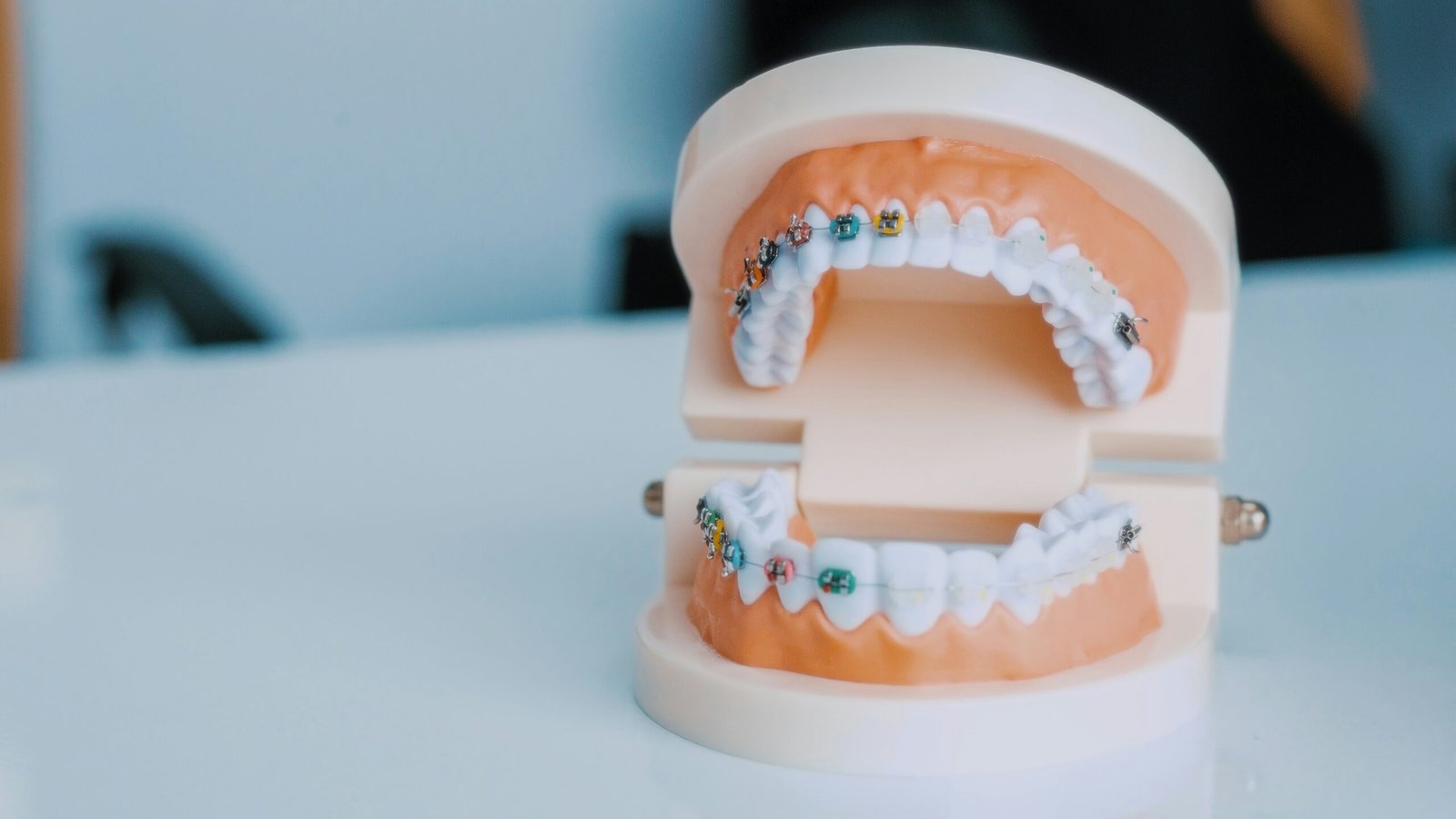Initial Consultation and Assessment
The initial consultation serves as a critical first step in the dental implant process. During this appointment, the dental professional conducts a comprehensive oral examination to assess the patient’s dental health. This examination includes a thorough evaluation of the patient’s dental history, which provides insight into previous dental issues, treatments, and overall oral hygiene practices. Understanding the patient’s background is essential for making informed decisions regarding dental implants.
In addition to reviewing dental history, imaging tests play a crucial role in the assessment process. Dental professionals often employ X-rays or advanced 3D scanning technology to acquire a detailed view of the patient’s dental structure and anatomy. These imaging techniques help in visualizing the condition of the teeth, gums, and underlying bone, which is vital for determining the feasibility of implant placement.
Moreover, the assessment includes a rigorous evaluation of the overall health of the gums and bone. The quality and quantity of bone are particularly important as they support the dental implants. If the bone mass is insufficient, the dentist may recommend bone grafting procedures prior to proceeding with the implants. Additionally, the health of the gums is assessed to ensure there are no underlying infections or periodontal diseases that may complicate the implantation process.
This initial consultation is not merely a formality; it lays the groundwork for the entire treatment plan. By gathering all necessary information, dental professionals can create a tailored approach for each patient, ensuring that they are suitable candidates for dental implants. Ultimately, this thorough assessment enhances the likelihood of successful implant integration and long-term oral health. Ensuring a comprehensive understanding of a patient’s unique situation during this phase is crucial for optimizing outcomes.
Bone Grafting and Sinus Lifting
Before undergoing dental implant placement, patients must ensure they have sufficient bone density and volume in the jaw. When it is determined that bone mass is inadequate, procedures such as bone grafting and sinus lifting may be necessary. These interventions aim to restore the structural integrity of the jaw, allowing for proper implant placement.
Bone grafting involves transplanting bone or bone-like material to the jawbone, which may be sourced from the patient (autograft), a donor (allograft), or synthetic materials. This procedure stimulates bone regeneration by encouraging new bone growth in the grafted area. It is commonly performed in cases where the jawbone has been resorbed due to tooth loss, gum disease, or trauma. The amount of time required for healing after bone grafting can vary, typically taking several months to allow the graft to integrate with the existing bone.
Sinus lifting, on the other hand, is a surgical procedure designed to increase the bone height in the upper jaw, particularly in the area of the molars. Since this region is located near the maxillary sinuses, the sinus membrane must be carefully lifted to create space for bone graft material. This procedure ensures that there is adequate bone for the placement of dental implants. Like bone grafting, the healing process here may demand several months, during which both the graft and surrounding bone heal and develop strength.
These preparatory procedures can significantly affect the overall timeline for dental implant treatment. Patients should anticipate a longer duration before proceeding with their implants as adequate healing time is essential. Personalized treatment plans, encompassing bone grafting or sinus lifting if required, will help facilitate successful dental implant placement for those with insufficient jawbone structure.
Preparation for Surgery
Preparing for dental implant surgery is a crucial step that significantly impacts the overall success of the procedure.The initial phase involves scheduling a comprehensive consultation with the dental surgeon, who will assess your oral health, discuss your medical history, and determine your candidacy for implants. This evaluation may include X-rays or 3D imaging to examine the jawbone structure and ensure there is sufficient bone density to support the implant.
Once the dentist confirms your eligibility, several preoperative instructions must be adhered to. Patients are typically advised to refrain from consuming certain foods or beverages that could interfere with the anesthesia. For instance, it is essential to fast for a period before the surgery, as specified by your dentist, to reduce any risk during the procedure.
Moreover, medications play a vital role in preparation. Patients should disclose any ongoing medication regimens and consult their dentist about which medications to avoid prior to surgery. Blood thinners, certain anti-inflammatory drugs, and dietary supplements may need to be paused to minimize the risk of excessive bleeding during the operation.
Discussion about any underlying health conditions is equally essential. Conditions such as diabetes, cardiovascular diseases, or compromised immune systems can affect healing and recovery. It is critical to keep your dental professional informed about these factors to tailor the surgical approach appropriately.
Additionally, mental and physical preparation is important in the lead-up to the surgery. Practicing relaxation techniques, scheduling adequate recuperation time, and having a support system in place can alleviate anxiety and aid in a smoother healing process post-surgery.
Aftercare and Follow-up Plans
After completing the initial procedures for dental implants, the importance of proper aftercare and follow-up plans cannot be overstated. Following the surgery, patients may experience some common aftereffects, including swelling, bruising, and discomfort at the implant site. It is crucial to adhere strictly to the aftercare recommendations provided by the dental professional to facilitate healing and ensure the integration of the dental implant into the jawbone.
Initially, the application of cold compresses can alleviate swelling and reduce pain. Patients are also advised to take prescribed pain medications as necessary. Additionally, it is essential to maintain a soft, nutritious diet to avoid placing undue stress on the newly implanted teeth during initial healing. As the soft tissues begin to heal, patients can gradually reintroduce firmer foods, always ensuring that good oral hygiene practices are maintained to prevent infection.
Routine follow-up appointments play a vital role in monitoring the healing process of the dental implants. It is generally recommended to attend follow-up visits at intervals specified by the dental provider, which may vary based on individual healing rates and the complexity of the procedure. During these visits, the dentist will assess the integration process, check for any signs of infection, and make sure that the patient is progressing well toward full recovery.
Patients should be vigilant for any signs of complications, such as persistent pain, excessive swelling, or any unusual changes around the implant site. Should these occur, it is vital to contact the dental clinic immediately for further evaluation. Proper follow-up care is integral to a successful outcome, ensuring that dental implants function effectively and provide the intended benefit for years to come.








